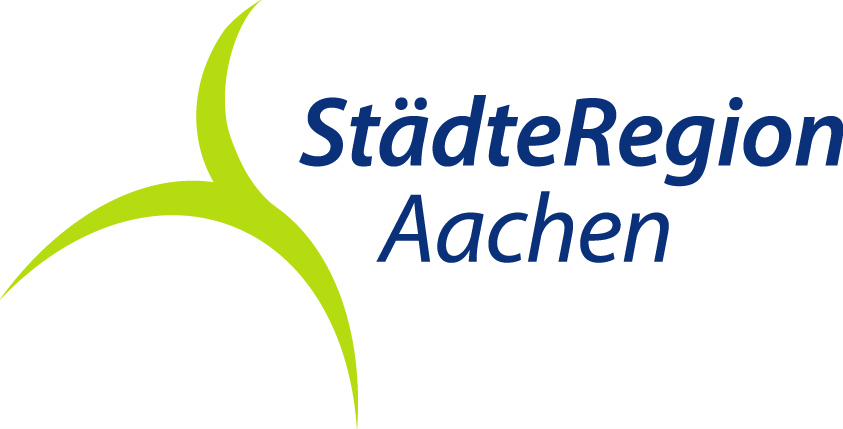RURSchleife: Auf den Spuren des Tagebaus
The northern region in the district of Düren is a vivid example of the profound landscape and structural change caused by open-cast mining.
The three lakes, which are water-filled residual holes from the former open-cast lignite mine, show what the open-cast mining landscape can one day become. They are ideal for swimming and water sports or serve as cooling and process water reservoirs for the Weisweiler power station. After the end of lignite mining in the Inden, Garzweiler and Hambach open-cast mines, an impressive lake landscape with a wide range of leisure activities will be created here in a few years' time.
The Goltsteinkuppe in Inden was also created by open-cast mining. This former spoil tip is now home to a popular leisure facility and the "Indemann" observation tower - a steel construction that offers a fascinating view of the open-cast mine.
The village of Inden takes its name from the river of the same name, the course of which had to be diverted due to open-cast mining. Today, the "Neue Inde" meanders naturally through a floodplain landscape with wetland biotopes and has been restored to its original meandering form.
Sights / leisure facilities
Düren
- Leopold Hoesch Museum (classical modern and contemporary art)
- Paper Museum
- City museum
- Town hall as a classic example of 1950s architecture
- Düren bathing lake & Echtz bathing lake with a variety of water sports facilities
Inden
- Goltsteinkuppe with Indemann observation tower and leisure facilities
- Inden open-cast lignite mine viewpoint
- Inden Local History Museum (open by appointment or prior notice only)
Weisweiler (detour)
- RWE Information Center at Weisweiler power station (guided tours for groups of 20 or more)
Aldenhoven (side trip)
- Mining museum and miner's house "Glück auf"
- Roman park with moated castle playground
Jülich (detour)
- Renaissance town with town fortifications and historic buildings
- Citadel with castle and museum
- Bridgehead park with leisure facilities and zoo























